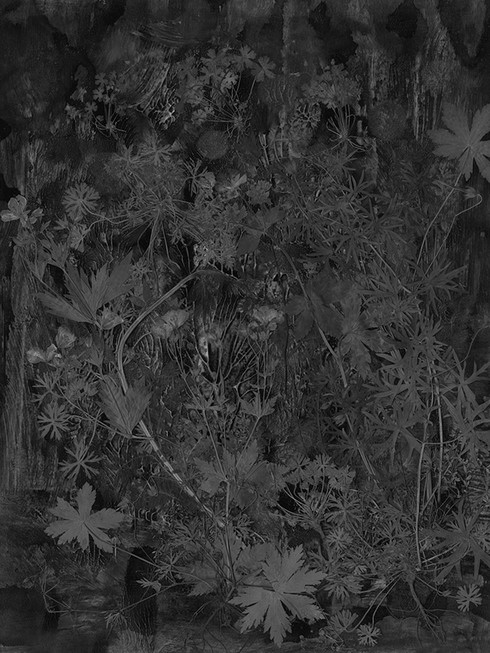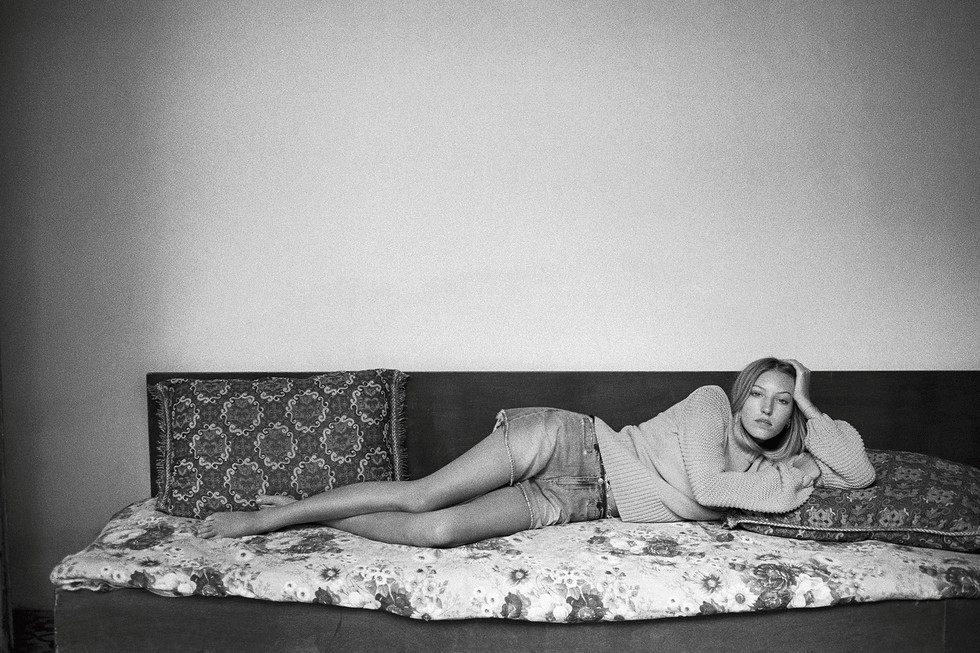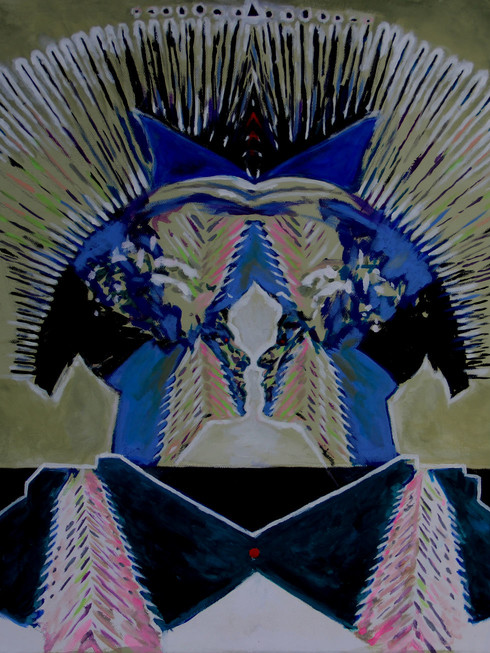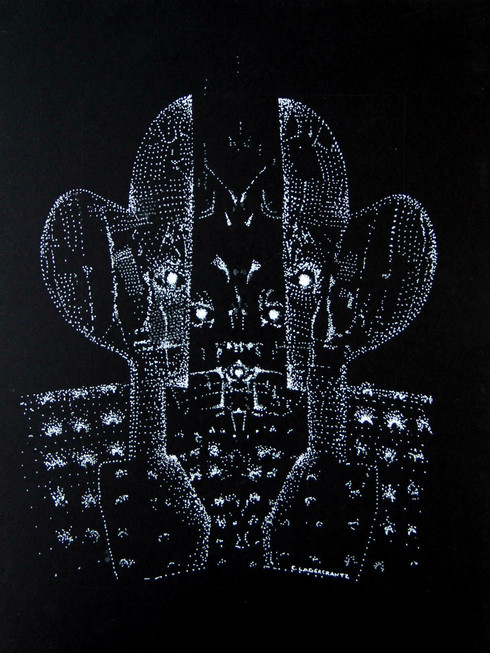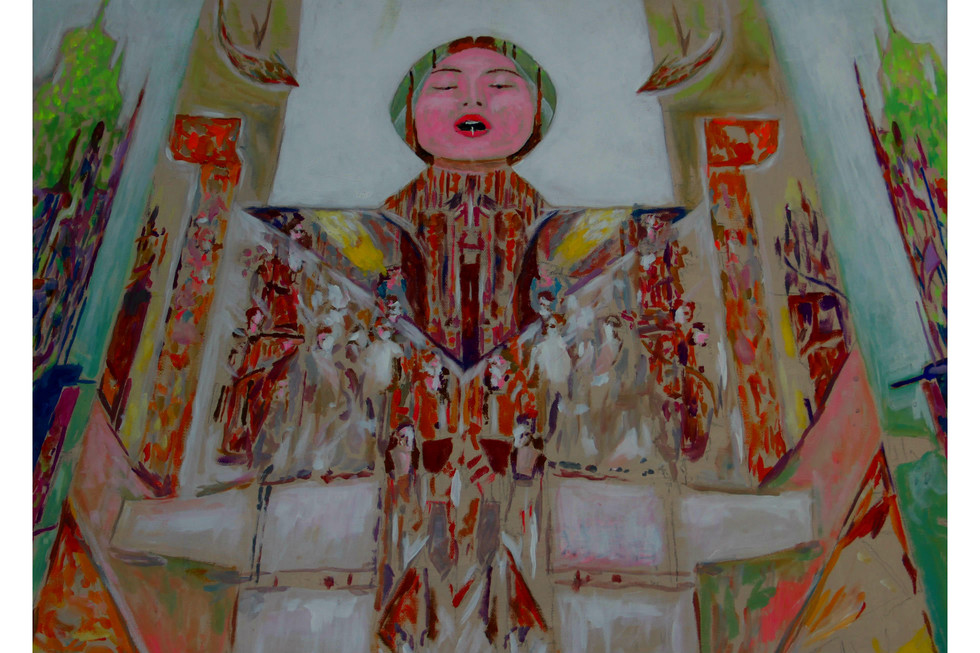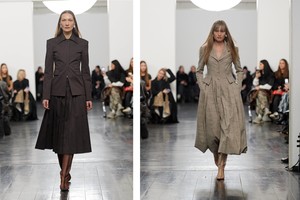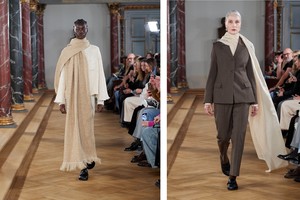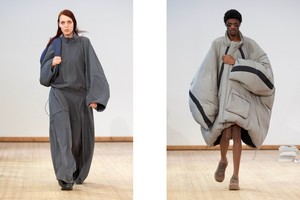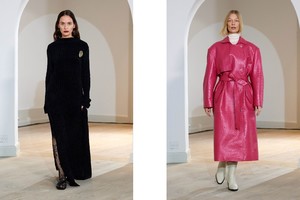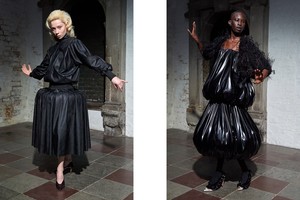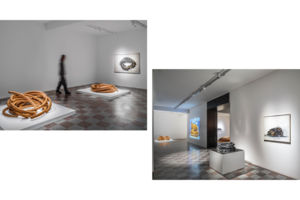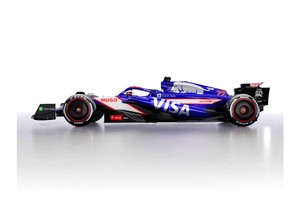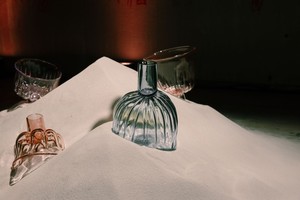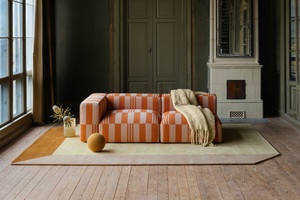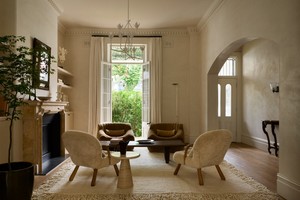Martin Bergström for Photowall
Written by Fashion Tales19th century flowers flourish in Photowall's new collection by Martin Bergström.The Flora Hysterica wallpaper collection contains five wallpaper patterns all born out of the thousands of preserved plants in Martin Bergström’s herbarium. By the age of three, Martin Bergström already knew the definitive book on Nordic flora, Den Nordiska Floran, inside and out, and his fascination with flowers has only increased
since. Over the years, his intense interest in flora has manifested into a collection of preserved plants that is constantly growing. Recently, it has come to include over 1000 flowers, with the oldest flower originating from the early 19th century.
- Flowers have always been a recurring motif in my creations, and I'm thrilled that this has now resulted in a wallpaper collection with Photowall. A flower picked roughly 200 years ago becomes like a time capsule pressed between the sheets of paper. I see this wallpaper collection as an opportunity for one small flower to bloom yet again and continue its timeline, says Martin Bergström.
The design process for the Flora Hysterica collection involved scanning select flowers using microtechnology to capture every detail of each flower into the wallpaper pattern.The scanned image was then integrated onto a coloured background and finally developed using mixing techniques and colour layers to achieve the right structure and shade. One wallpaper pattern can include up to 20 colour layers.
Martin Bergström integrated flora into all the wallpaper patterns in a natural way yet retained much drama in the process, which clearly showcases the artistry behind the collection and makes Flora Hysterica a perfect fit for every room.

